Vietnam established diplomatic ties with more than 170 countries and territories and trade relations with 224 out of 255 markets and territories; and signed 86 bilateral agreements, 46 agreements on investment promotion and protection and 40 anti-double tax pacts.
Dr. Vo Hung Dung, Director of VCCI Can Tho Branch believes that joining TPP will give opportunities to Vietnam to export its agricultural and seafood products to large markets within the TPP bloc with a prioritised tariff as well as opportunities for cooperation in high technology and modern agricultural development.
Vietnam has a rather large agricultural production area so it has a high demand in expanding markets for its agricultural products. Yet, the main difficulty lies in the fact that TPP countries tend to limit negotiations, maintain protection and subsidies to local farmers and not open doors by using technical barriers to trade and in the form of hygiene measures.
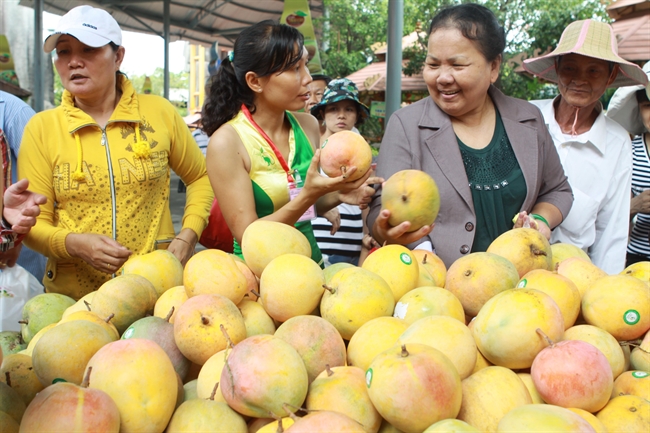
Joining TPP will give opportunities for Vietnam to expand the market for its fruit. Photo: Phuong Vy/VNA
For aquatic products, according to the Vietnam Association of Seafood Exporters and Producers (VASEP), 40% of Vietnam’s aquatic products were exported to TPP countries in 2013, including 20% to the US and 17% to Japan. Japan is the major market of Vietnam’s tuna exports, but the tariff is at 6.4-7.2%.
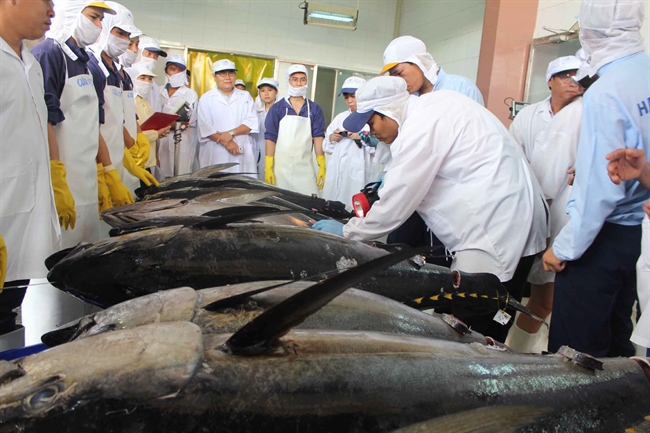
Tuna is a potential export of Vietnam. Photo: Ly Kha/VNA
Related to husbandry products which have less competitiveness in comparison with other TPP countries, there is a limitation in production capacity and technology, whereas this sector regularly faces epidemics. Vietnam’s husbandry industry is now the sector providing many jobs for farmers, but with a low and unstable income and it is the most vulnerable.
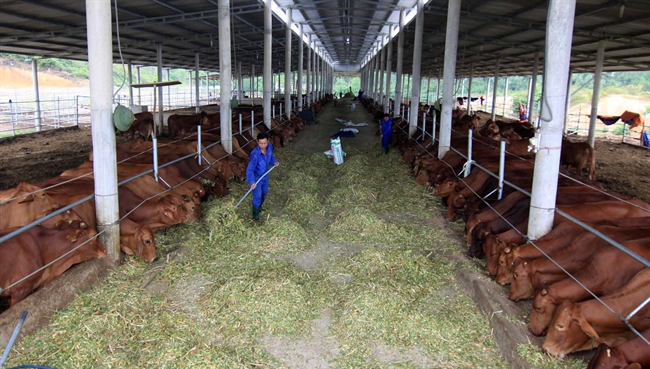
Vietnam’s husbandry sector has less competitiveness in comparison with other TPP countries. Photo: Vu Sinh/VNA
Out of the annual total import tax revenue of 1.3 billion dollars from TPP members to the US, about 1 billion dollars is from Vietnam’s imports and 80-90% of this number is from garment and footwear exporters.
At present the tariffs for Vietnam’s garment and footwear exports to the US are over 7% and 12%. The reality shows that these sectors of Vietnam will benefit when the tariff is lowered to zero. The import tax for Vietnam’s footwear to TPP members will be zero from the current 3.5-57.4%
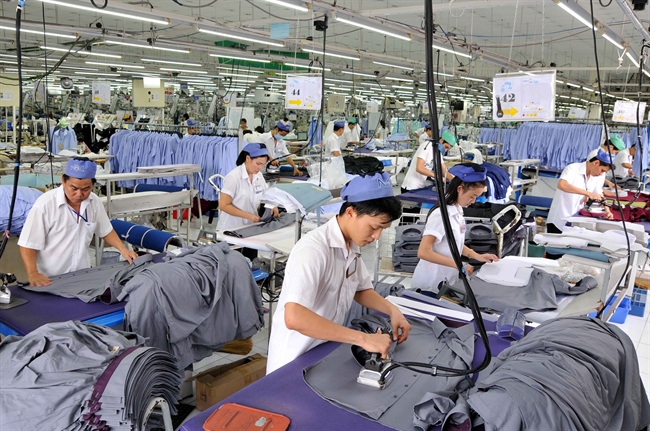
The garment and textile sector will reach 30-55 billion dollars by 2020-2030. Photo: An Hieu/VNA
Associate Prof. Nguyen Anh Tuan acknowledged that when Vietnam’s footwear sector participates in the global value chain, with its advantages in a “gold” human force, it will provide favourable conditions for implementing the stages using many labourers.
When TPP comes into force, Vietnam is believed to be one of the large beneficiaries from increasing trade with the US and Japan which are the two largest markets of TPP. The tariff reduction will facilitate Vietnam to export its garments, footwear and agricultural products. However, besides the advantages, Vietnam will also face many risks. Therefore, Vietnam needs initiatives and key resolutions to take full use of key products as a TPP member.
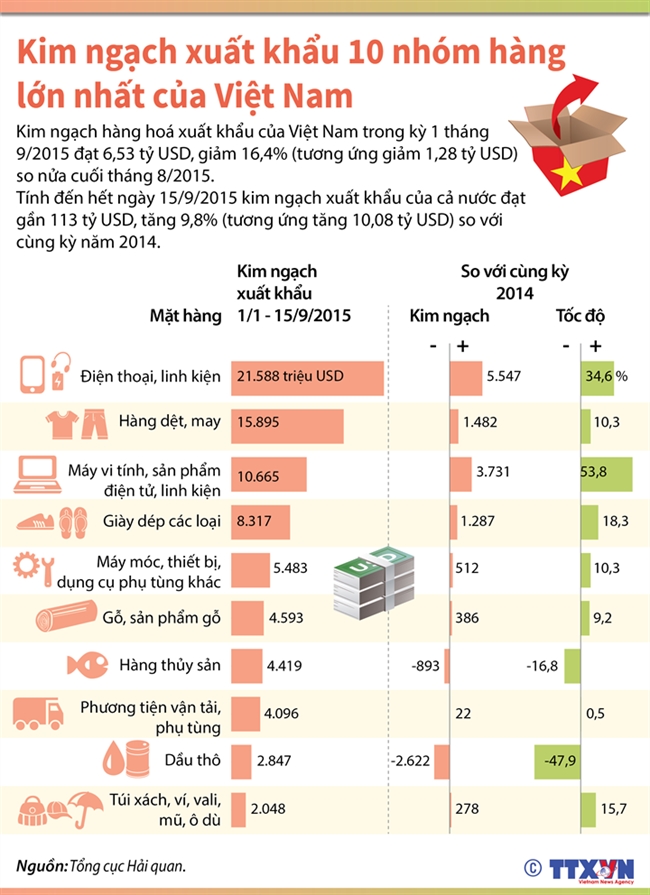
According to economic experts, 37 out of 97 sectors of export goods are more competitive than partners. These goods, including garments and textile, footwear, aquatic products and coffee, account for 75% of the total export value of Vietnam, equivalent to 120 billion dollars. |


